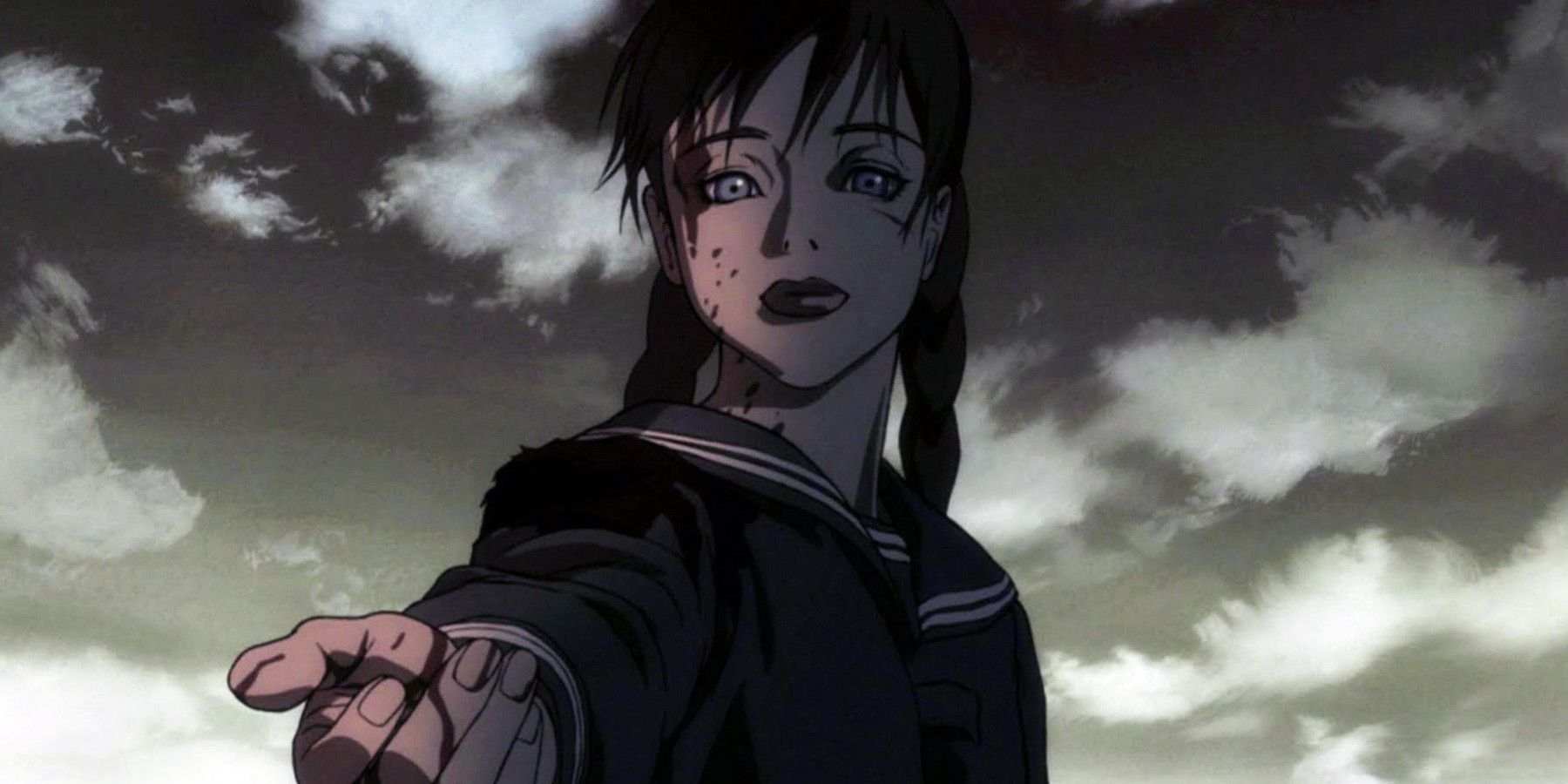
Vampires and anime make a perfect pair, just like chocolate and caramel. The versatility of the anime medium enables creators to explore vampires in various ways, producing everything from bone-chilling horror narratives to amusing comedy series that poke fun at traditional vampire lore and horror stereotypes. However, not every anime focusing on vampires receives the recognition or affection it deserves. No other show illustrates this better than “Blood: The Last Vampire“, as despite being exceptional, it frequently gets overshadowed when fans discuss their favorite blood-thirsty anime characters.
The movie ‘Blood: The Last Vampire’, initially released in 2000, boasts an impressive team of professionals behind it. Notably, Kenji Kamiyama, renowned for directing ‘Blade Runner: Black Lotus’, ‘Ghost in the Shell: Stand Alone Complex’, and ‘The Lord of the Rings: The War of the Rohirrim’, was its writer. Hiroyuki Kitakubo, famous for creating the cult-classic anime movie ‘Roujin Z’ and the OVA series ‘Golden Boy’, took charge of direction. This film was animated and produced by Production I.G., a legendary studio also responsible for popular productions like ‘Psycho-Pass: The Movie’ and ‘Ghost in the Shell’.
The Story Of Blood: The Last Vampire
Blood Follows A Young Vampire Killer On A Dangerous Quest.
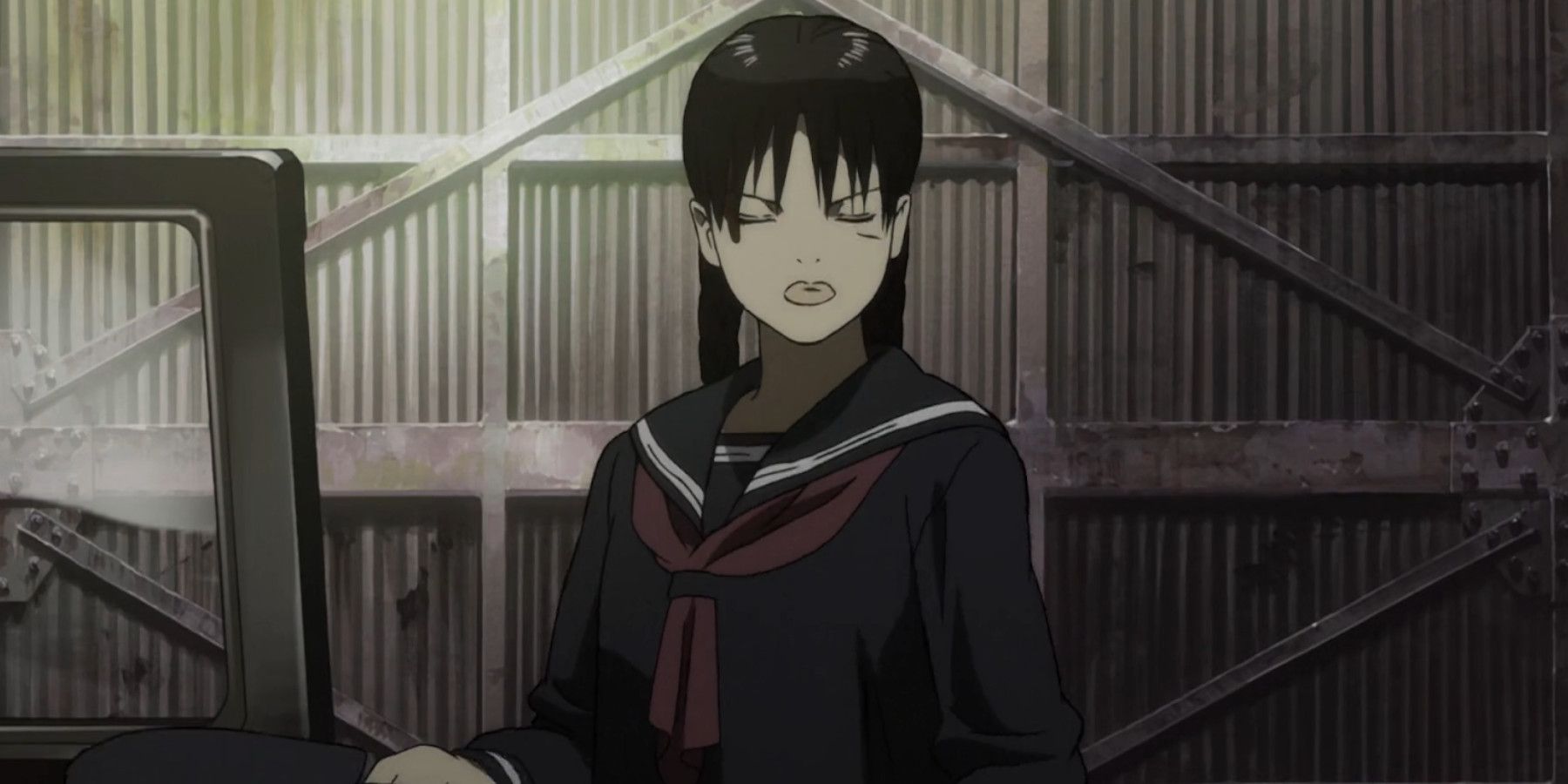
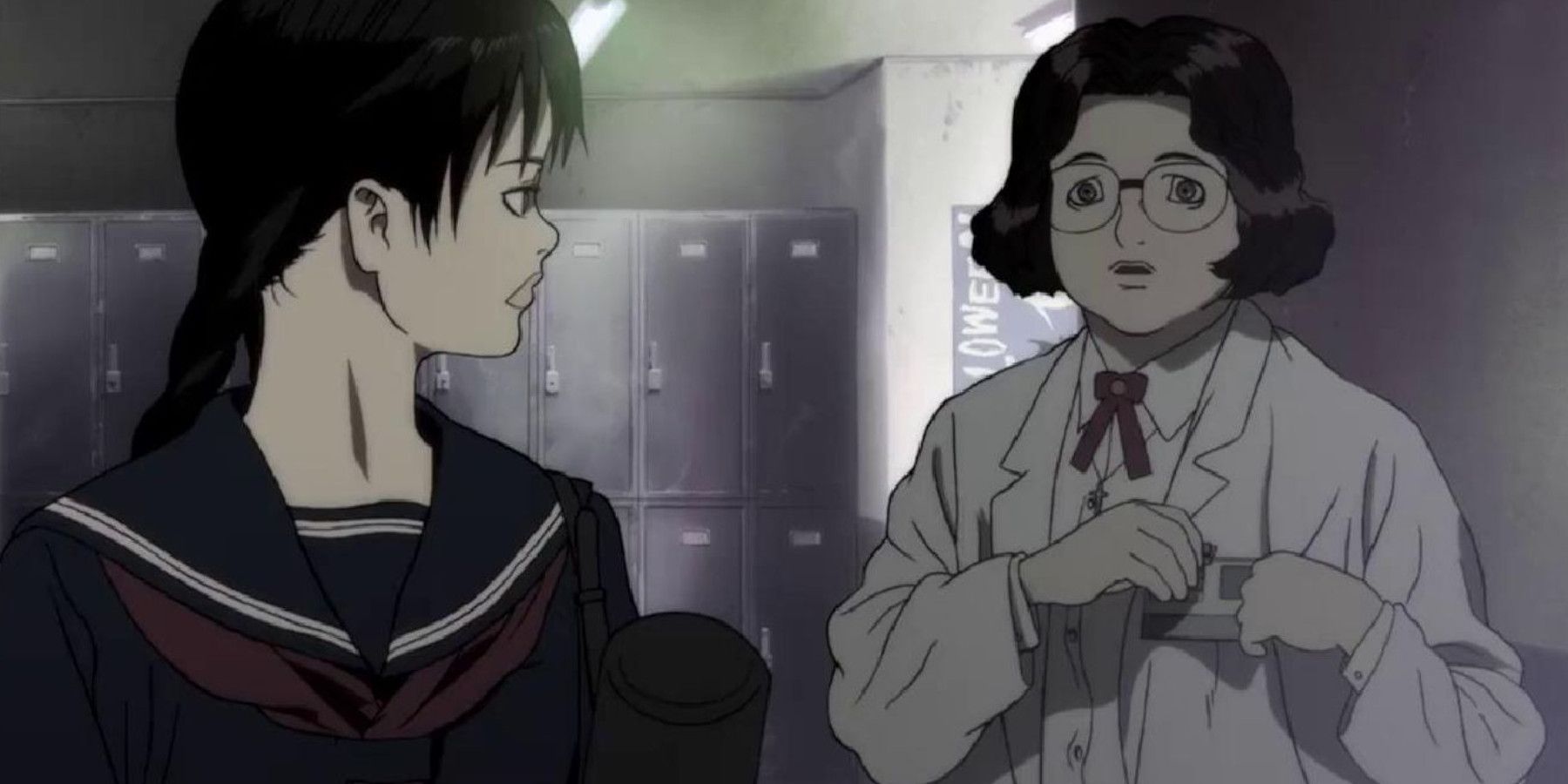
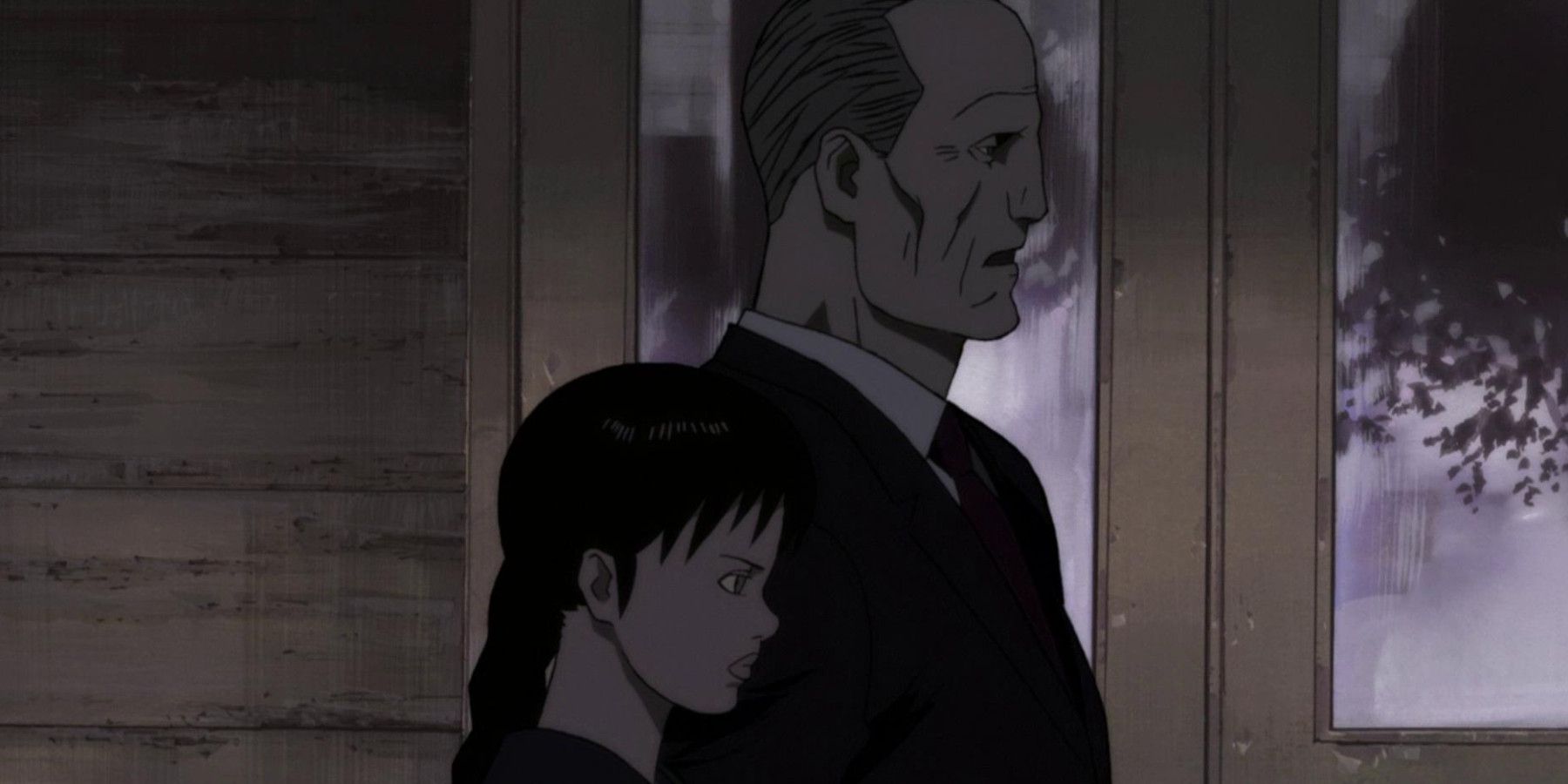
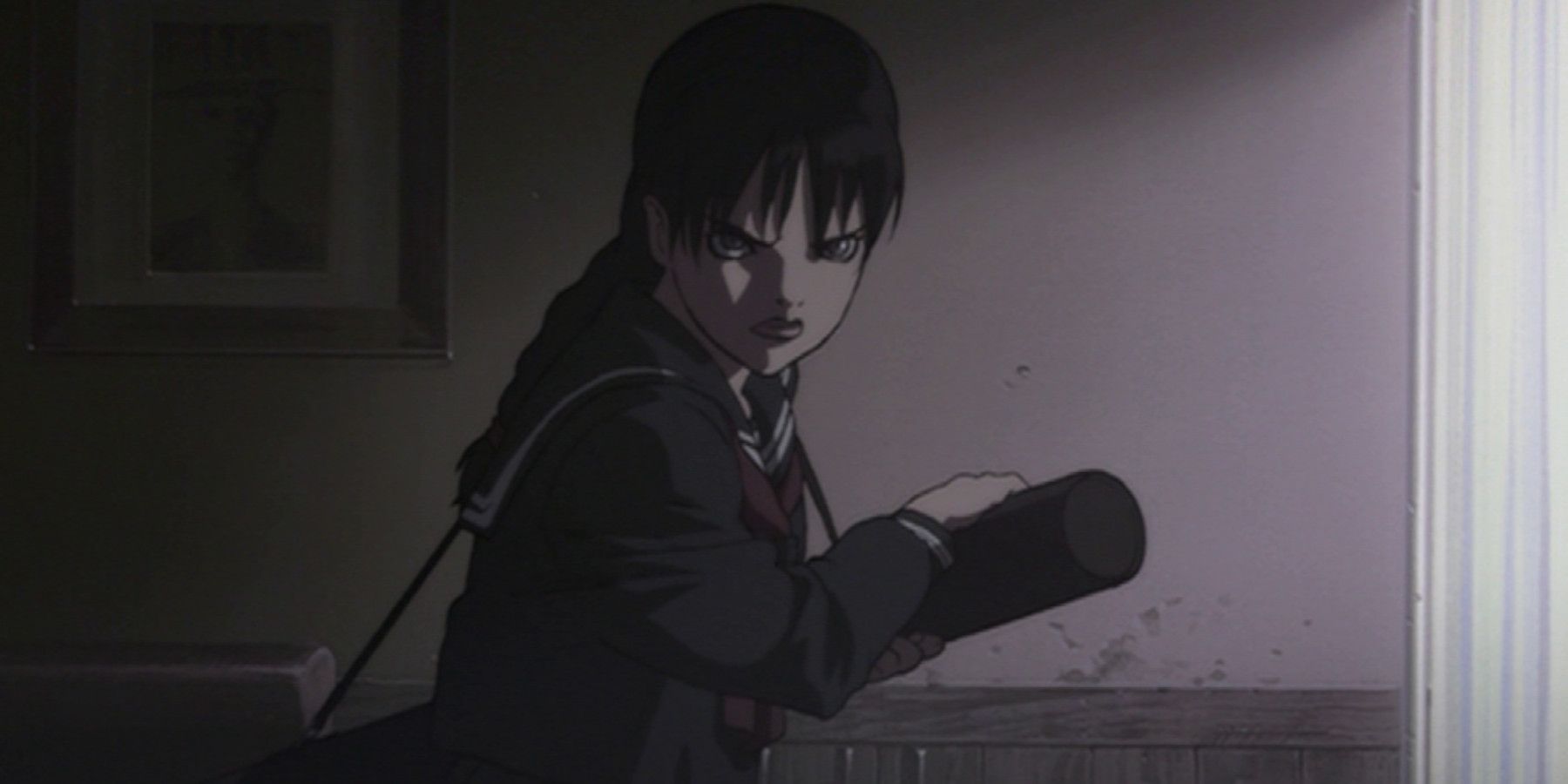
In 1966, the story of Blood: The Last Vampire introduces us to Saya, a young girl who has made it her mission to hunt and eliminate monstrous entities known as Chiropterans. Following a successful elimination on a train, Saya is sought out by her superiors. They warn her that they suspect a Chiropteran may have infiltrated the Yokota Air Base. Due to the vast number of people constantly present at the base, they fear it’s only a matter of time before this creature unleashes a feeding frenzy and goes into hibernation, making it nearly impossible to trace its movements.
So, Saya is assigned to figure out who among the base personnel is the real Vampire. To accomplish this, she disguises herself and infiltrates the nearby high school, hoping to gather information about the locals and discover the odd one out. Unfortunately, her plan encounters complications when it’s discovered that there are more vampires present than initially thought, leaving Saya and her newfound allies no choice but to band together for survival.
As an observer, I can’t help but notice the swift success of “Blood: The Last Vampire” in both Japan and America. This captivating film has not only garnered significant attention, but it has also accumulated numerous accolades. For instance, it clinched the Ofuji Noburo Award at the Mainichi Film Competition, was recognized as Best Theatrical Feature Film at the World Animation Celebration, won the Grand Prize for Animation at the Japanese Agency for Cultural Affairs Media Arts Festival, and secured the Public’s Prize Best Asia Feature Film at the Montreal Fantasia Film Festival. Moreover, it bagged the Animation Grand Prize at the Japan Media Arts Festival. To top it all off, director Hiroyuki Kitakubo was honored with an award for his exceptional work on the film at the 6th Animation Kobe Awards.
Upon its release for home viewing in America towards the end of 2001, the film experienced a rapid rise up the sales rankings. The company responsible for distributing it in the US declared that it was their record-breaking best-seller, selling an astounding 120,000 copies within a month. This surge in popularity can be attributed to Manga Entertainment’s innovative promotional strategies. On the very day of Blood: The Last Vampire’s home media launch, Manga Entertainment made the movie available for free streaming on the website Sputnik 7. As stated by a representative from Manga Entertainment, an impressive 61,000 people opted to stream the film, significantly expanding its audience. In fact, this free stream was so well-received that it led to a rebroadcast of the movie on Sputnik 7 on Halloween, October 31st, 2001. When questioned about this success in interviews, Manga Entertainment’s then-President Marvin Gleicher remarked:
We’re thrilled to introduce the movie ‘Blood’ in America, showcasing cutting-edge digital film technology across all entertainment channels. The film’s achievement marks a significant milestone in the annals of Manga Entertainment’s history.
Blood: The Last Vampire Had a Brief Run as a Multimedia Franchise
The Last Vampire”) hit screens in 2009.
The Amazing Look And Feel Of Blood: The Last Vampire
Blood: The Last Vampire Succeeds Where Other Anime Fail

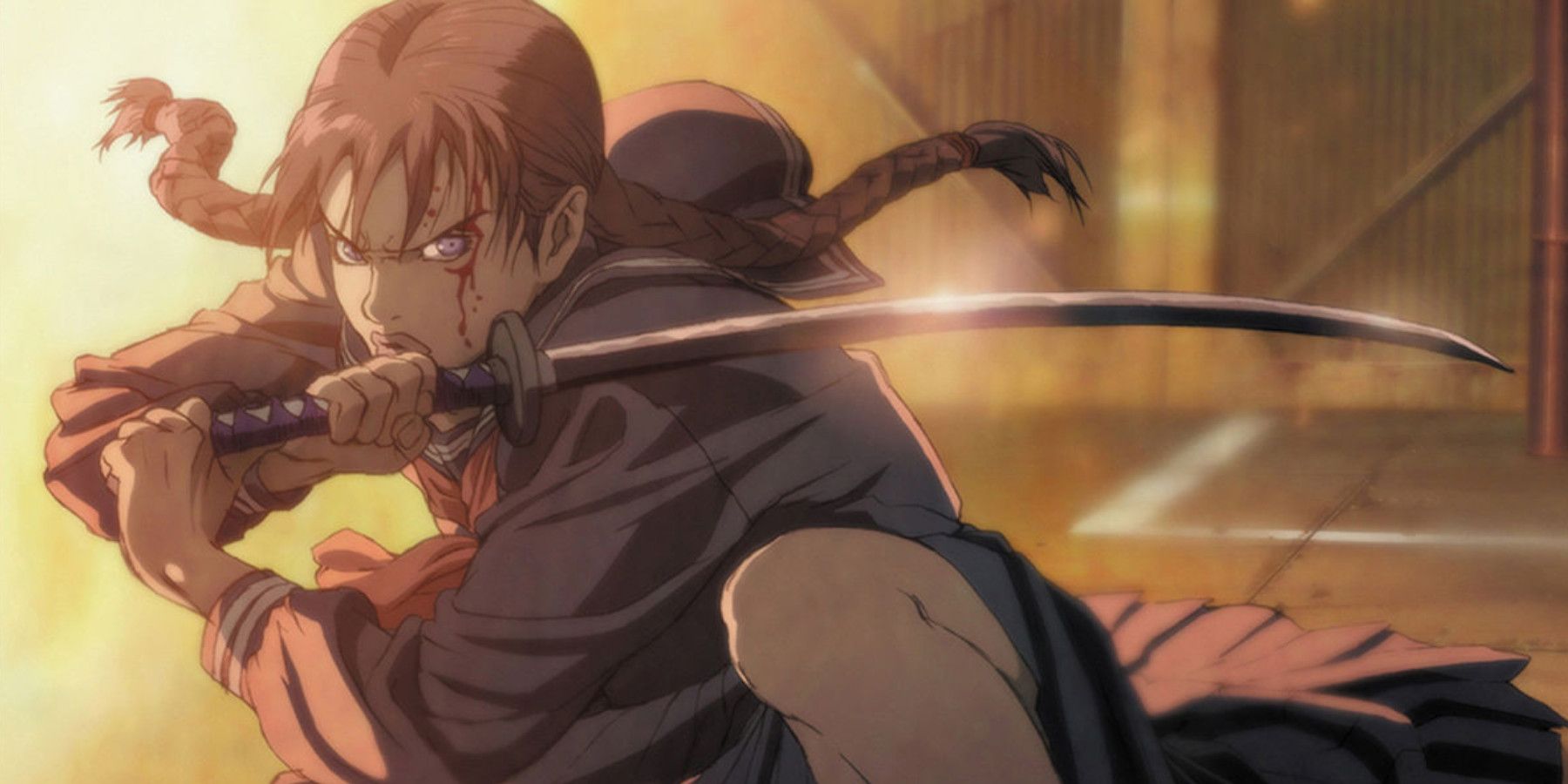
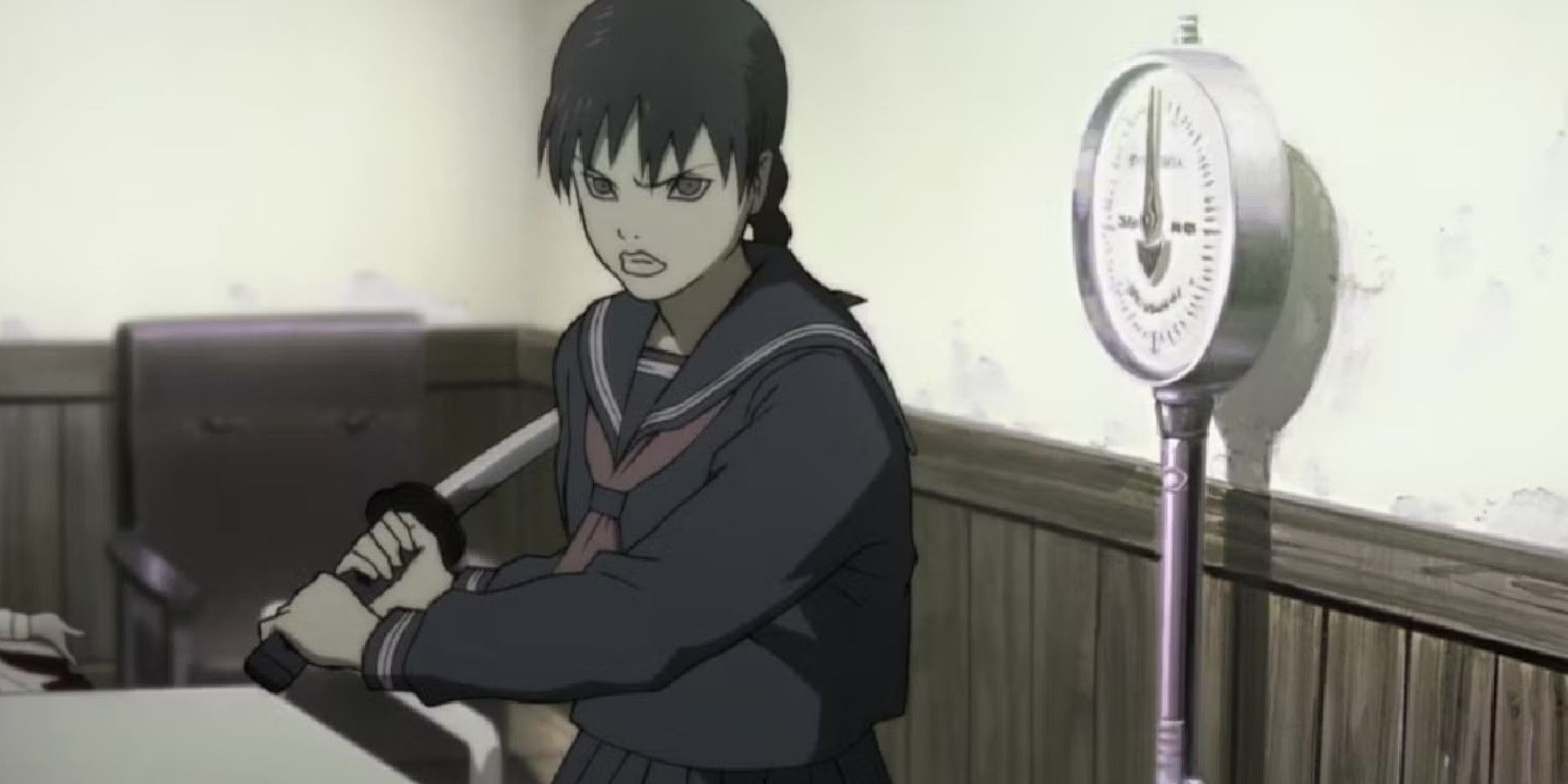
It’s clear why the anime movie “Blood: The Last Vampire” was such a hit. Its striking visuals and atmospheric setting combine to produce a stylish finale that leaves a lasting impression. The film also masterfully employs light and shadow, lending an edgy and enigmatic ambiance where it seems as if danger could be lurking in the dark corners, ready to pounce at any moment. Moreover, the violence depicted is artful. Each fight sequence is thrilling, characterized by unique choreography and a fervor that keeps viewers gripped from start to finish. This intensity is amplified by the film’s dynamic camera work, which makes each battle feel immediate and powerful. As a result, every fight scene is captivating to watch, even if you already know how it will unfold.
The movie skillfully employs its duration, ensuring that each scene advances the storyline, resulting in an engaging, roller-coaster-like experience from beginning to end. This makes it accessible even for anime enthusiasts who typically lean more towards action or horror-genre series less frequently. Additionally, kudos should be extended to composer Yoshihiro Ike, whose music not only elevates the atmosphere of every scene but also seamlessly ties the entire production together. His work can also be found in productions such as “Akiba Maid War”, “Ergo Proxy”, and “Go! Go! Loser Ranger!”.
The tale of Blood is straightforward yet captivating. The film skillfully lays out the high-stakes scenario and offers a fresh perspective on vampires, masterfully blending traditional and contemporary portrayals of these bloodthirsty creatures into a chilling amalgamation. Moreover, it effectively introduces Saya’s character, despite our limited knowledge about her or her background. Her responses to the evolving situation hint at considerable emotional depth, making her relatable and endearing, inspiring sympathy and support from viewers.
It’s worth mentioning that the film “Blood: The Last Vampire” has received some criticism. A frequent concern among viewers is its relatively short runtime of 40 minutes, which leads to a fast-paced narrative. Consequently, many plot threads are left unresolved and several questions remain unanswered, giving the film an impression of being more style over substance for some. Interestingly, this ambiguity can be attractive to certain viewers, as it allows room for their imagination and curiosity to fill in the gaps, a quality that often makes monster stories, particularly vampire tales, more intriguing.
It’s a pity that the film “Blood: The Last Vampire,” which initially found success in American home media, didn’t manage to sustain its popularity over time. Despite being over two decades old, the movie remains visually striking, with its fight scenes outshining many modern big-budget productions. Unfortunately, the spin-offs derived from the original film failed to make a lasting impact and couldn’t elevate “Blood” into a major franchise. The film and its related works create an intriguing universe brimming with uncharted territories ripe for compelling narratives across various platforms. As such, “Blood: The Last Vampire” is a must-watch for anime enthusiasts, particularly those who appreciate scary creatures and high-octane action.
Read More
- Gold Rate Forecast
- PI PREDICTION. PI cryptocurrency
- SteelSeries reveals new Arctis Nova 3 Wireless headset series for Xbox, PlayStation, Nintendo Switch, and PC
- Masters Toronto 2025: Everything You Need to Know
- WCT PREDICTION. WCT cryptocurrency
- Guide: 18 PS5, PS4 Games You Should Buy in PS Store’s Extended Play Sale
- LPT PREDICTION. LPT cryptocurrency
- Elden Ring Nightreign Recluse guide and abilities explained
- Solo Leveling Arise Tawata Kanae Guide
- Despite Bitcoin’s $64K surprise, some major concerns persist
2025-06-03 06:54